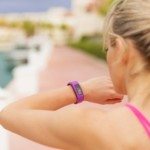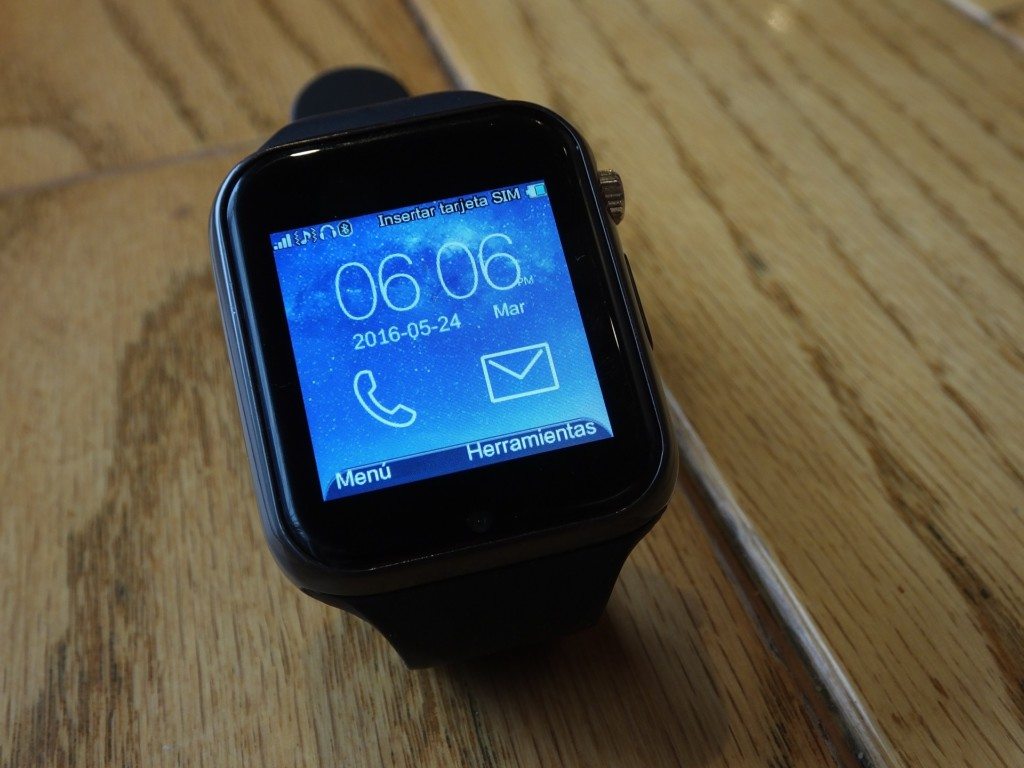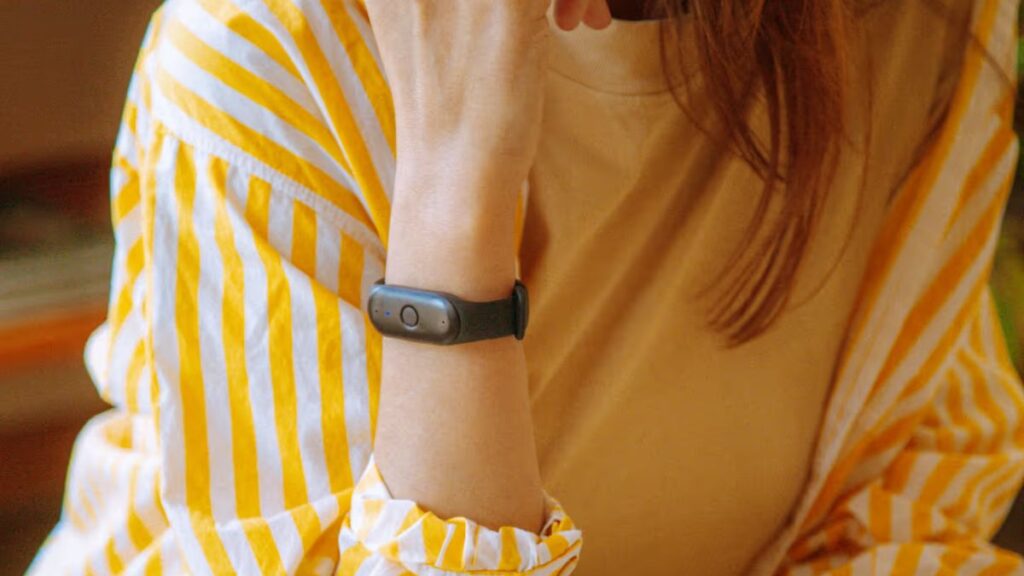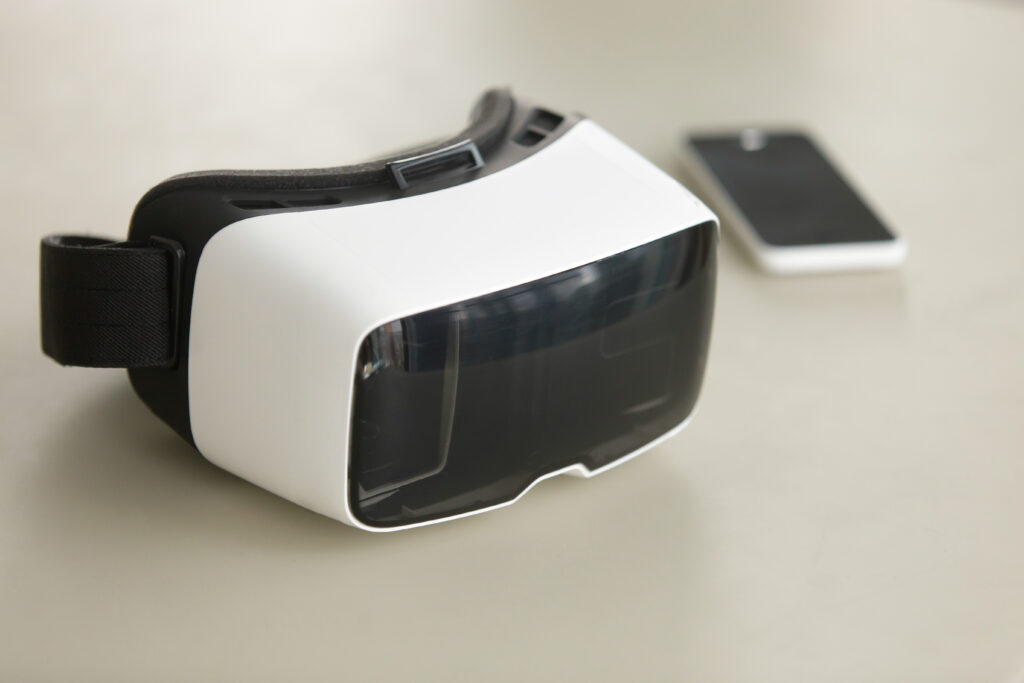
In the U.S. alone, the wearables market continues to grow at a rapid pace. Last year alone, more than 85 million wearable devices were shipped, for an overall growth of 3.1 percent over 2015. While the majority of the market (85 percent) is fitness devices, other types of devices, including medical monitoring devices, are steadily increasing.
With such expansive growth, customers are expecting more from their devices than ever before. And while developers are always looking for new and exciting features to add to wearable devices, those features cannot come at the expense of basic functionality. In other words, expanded or more accurate monitoring must also come with improved processing and memory.
Memory in wearable devices in particular has always been a tricky balancing act. Unlike memory for tablets, PCs, and other devices, memory for wearables is smaller and less dense, but users still expect a decent amount of memory. At the same time, devices like a fitness tracker generally rely on a mobile device or PC in order to work. Because the more powerful device does most of the processing, the device itself needs less memory.
However, the wearables market is expanding well beyond fitness trackers, and into devices along the lines of the now-retired Google Glass. Devices that are similar present a unique challenge to designers, in that it is essentially a wearable smartphone. This requires substantially more processing power and memory than a Fitbit. And as clothing and footwear, along with other wearable items, become equipped with sensors, it remains to be seen what sort of memory requirements they will have.
The bottom line, then, is that choosing memory and finding the right balance between power and capacity is complex. There are a few considerations though, that can make the job easier.

Memory Selection Guide
Choosing memory for a wearable device generally comes down to four main factors: Cost, size, power usage, and performance.
As you might expect, the cost of the memory component in the device has a direct impact on the cost of the device overall. The more powerful the chip, the more expensive it will be. Again, though, many wearables rely on a connection with a more powerful device to process collected data, so it isn’t always necessary to invest in the most powerful memory for a wearable device. However, regardless of the power, because wearable devices are small, the embedded memory technology must also be small.
What tends to be slightly more important, though, is the power consumption of the chip. We’ve all had devices runout of juice at the worst possible moment, and then must wait for them to recharge. Wearable devices usually have small batteries that can be recharged via a compatible device or electrical outlet, or use energy harvesting to at least partially power the processors. Therefore, it’s important to consider power consumption when choosing memory, to select the option that provides adequate processing capabilities while using limited voltage both in active use and standby periods.
One solution to this issue is to use an EEPROM chip, a rewritable form of memory that holds content even without power. Since most wearables are collecting important data such as number of steps, sleep time and quality, and other sensor data, it’s important use a memory chip that has high density, as well as a high level of endurance to manage the constantly updating data. These requirements make EEPROM a better choice than Flash, since it is more reliable and smaller, while requiring less power.
When using EEPROM, though, it’s also advisable to use a code-in- place option, to maintain startup time. Using code-in-place allows the device to immediately execute code, without having to copy code from a separate chip. In some cases, choosing this option can also reduce costs, since the device’s RAM does not need as much storage.
Memory is only part of the story when it comes to designing wearables that are powerful, energy efficient, and reliable. However, it’s a key part of the equation. As wearables become more advanced, perhaps there will be a greater standardization of the memory options and a solution that balances all the necessary elements — and supports the continued growth of the wearables market.
- SEO Misinformation – and How to Avoid It - September 26, 2019
- Cyberthreats Your Business Isn’t Prepared For - March 12, 2019
- Why You Shouldn’t Go DIY With Home Security - January 27, 2019




It is not always about the storage size that matters on choosing which data storage device to use. SD cards are used on smartphones and are beneficially using it. When it comes to choosing between SSD and HDD I would suggest SSD.